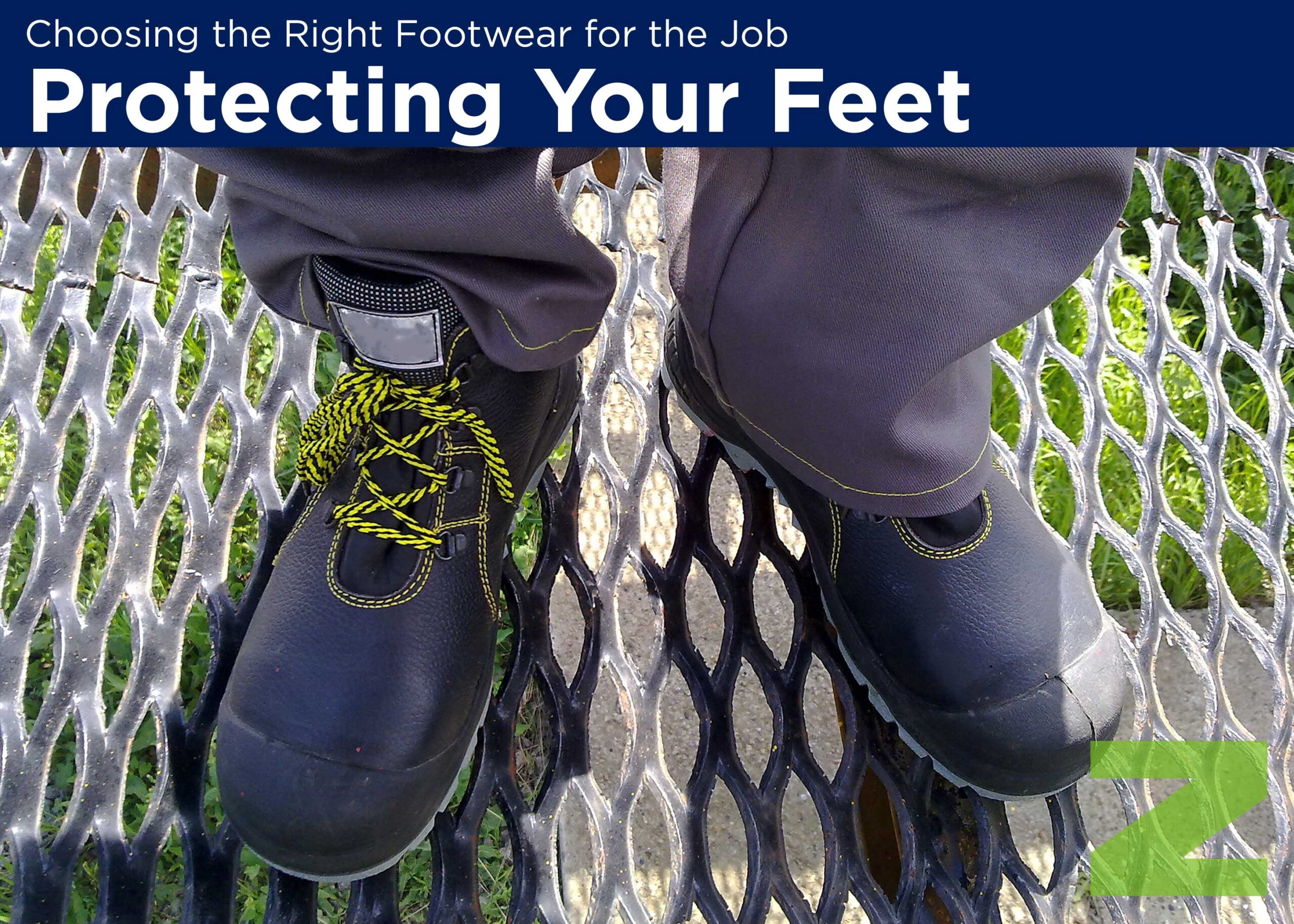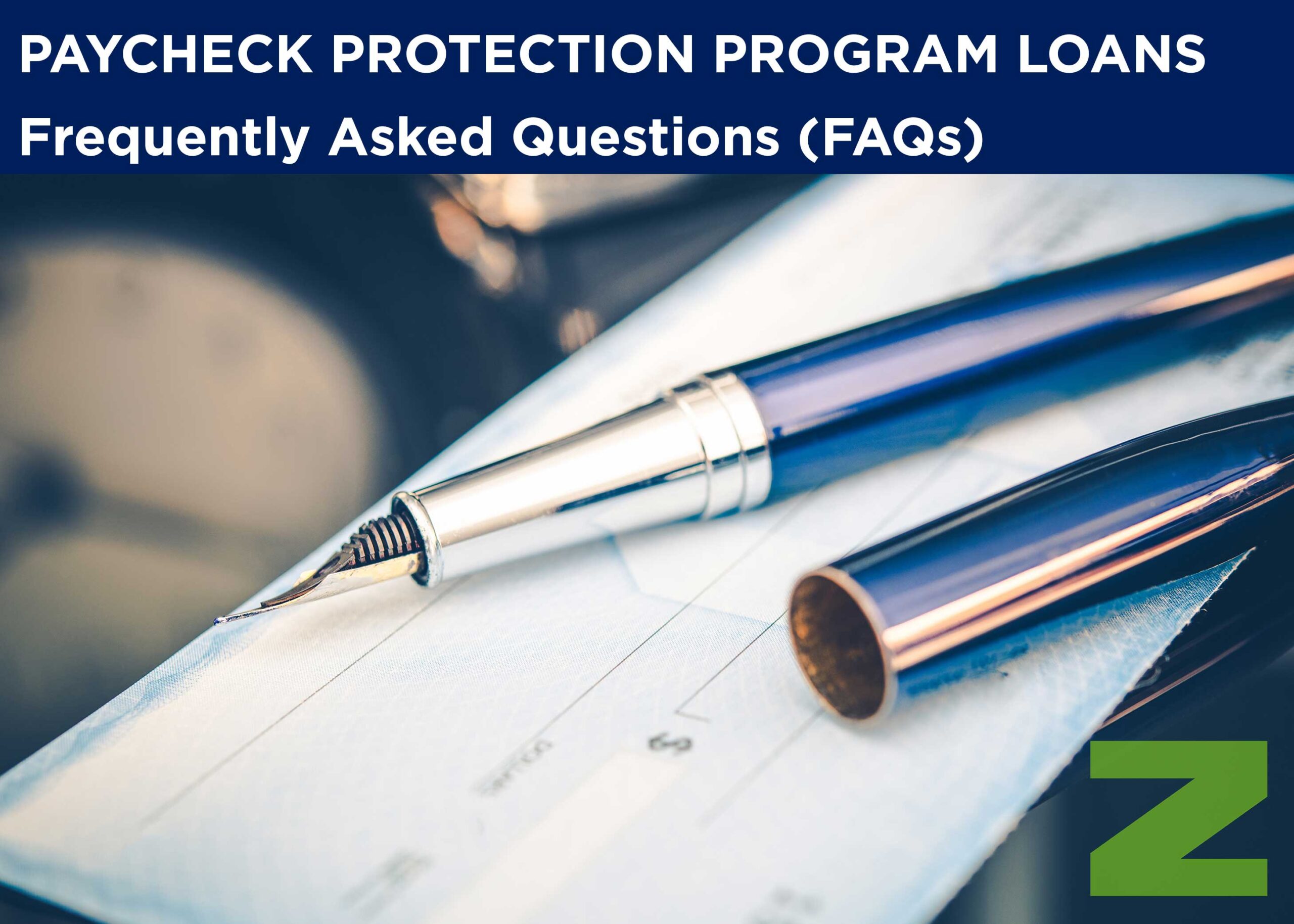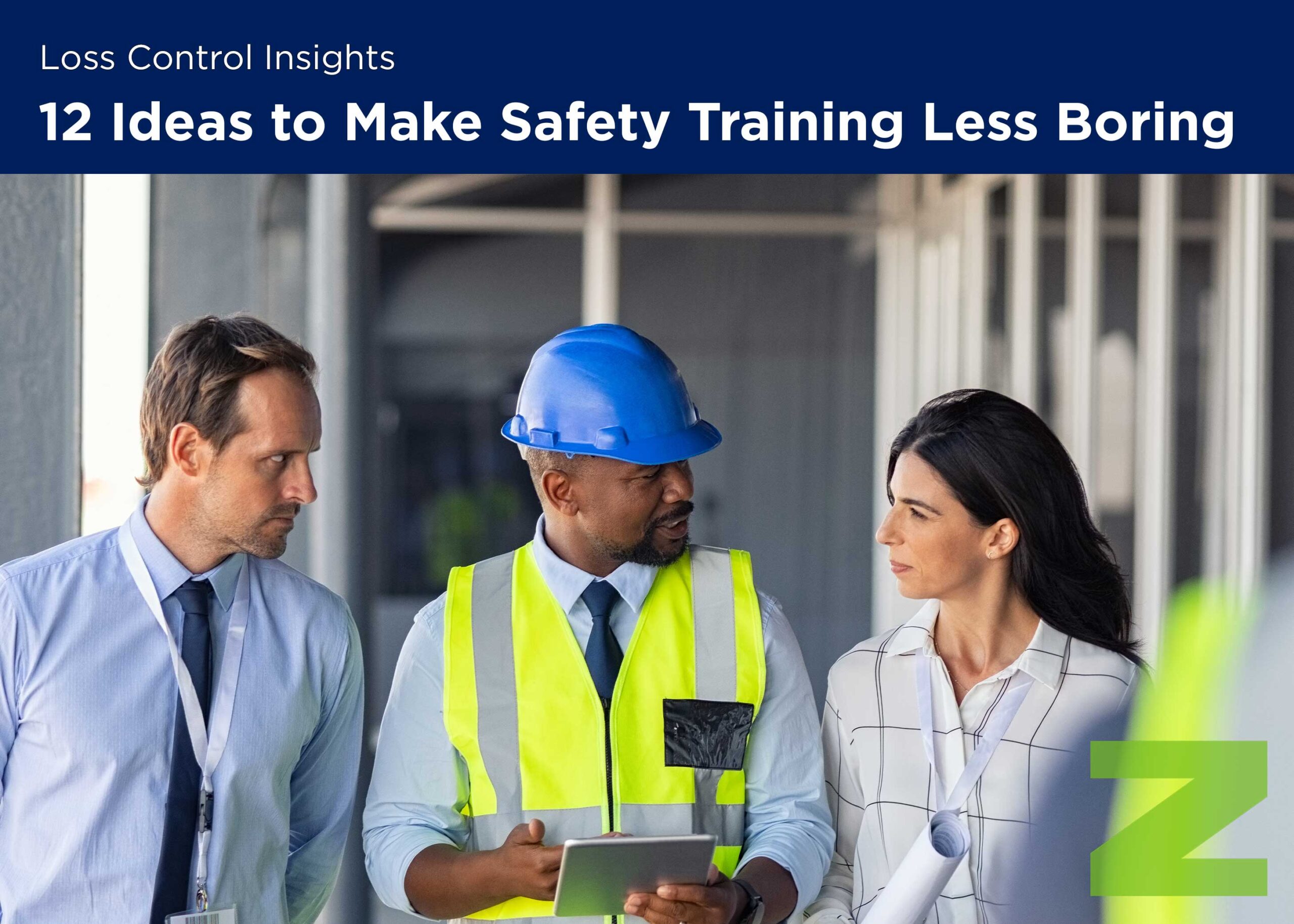Choosing the Right Footwear for the Job
Your employees’ feet are in danger every day, and one of your jobs is to help protect them. Depending on your workplace, dangers can come from:
· Sharp or heavy objects workers might step on or get dropped on them
· Hot or cold environments
· Wet, slippery or electrified surfaces
· Damage or fatigue caused from standing for many hours
In addition, wear–and–tear can be caused by the wrong footwear. Ill–fitting or inappropriate shoes can cause blisters or aggravate existing foot problems. And while EMC Risk Improvement Engineer Kevin Clayton admits that foot injuries are not a huge loss driver for most companies, the wrong footwear does lead to problems.
In the companies he works with, he observes a wide range of knowledge about appropriate footwear. While those in construction and factory settings may have a grasp on the importance of protective footwear, it’s often tough to figure out the perfect shoes or boots since employees performing slightly different tasks in the same department or on the same job site may require different levels of protection.
Job Danger Evaluation
Because many employees don’t know how to evaluate footwear and don’t fully understand the dangers that surround them, it’s important for management to step up and set requirements.
The process includes evaluating each job site and the tasks each employee performs for potential dangers. Only then can you make recommendations or rules for the type of footwear employees must wear (or not wear).
To meet OSHA standards in more hazard–prone construction and industrial settings, footwear must protect workers from falling and rolling objects, piercing, electrical hazards and more.
Footwear Evaluation
Once you have determined the hazards your employees are exposed to, you can evaluate footwear options. No one shoe or boot type will cover all possible dangers, so you’ll need evaluate each area and choose footwear based on the hazards. Some shoes and boots have impact–resistant toes and heat–resistant soles, while others are electrically conductive to prevent the buildup of static electricity. Footwear add–ons such as metatarsal guards can protect the instep, toe guards, studded treads or leggings. There are shoes for foundries, shoes with impact or puncture protection, and some offering chemical protection.
When evaluating shoes, use resources such as ASTM International. Reading ASTM labels on boots may help you wade through the many protections available so you can compare features between footwear manufactured by different companies. Use the infographic below to help you decode the ASTM labels.
Reputable manufacturers can also help you find shoes recommended for the tasks in your workplace.





